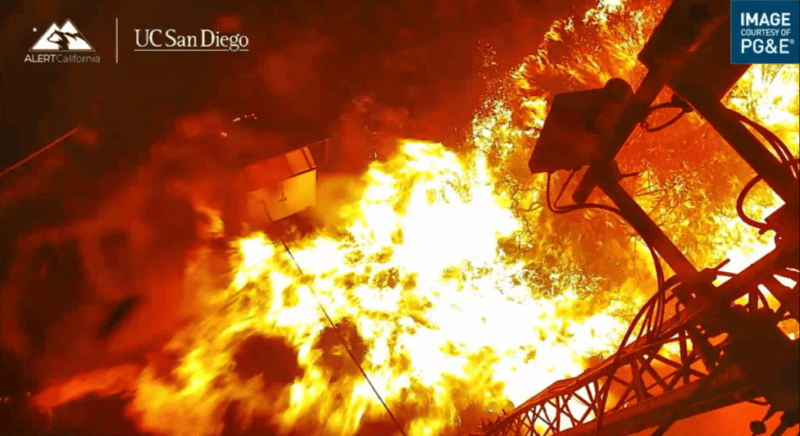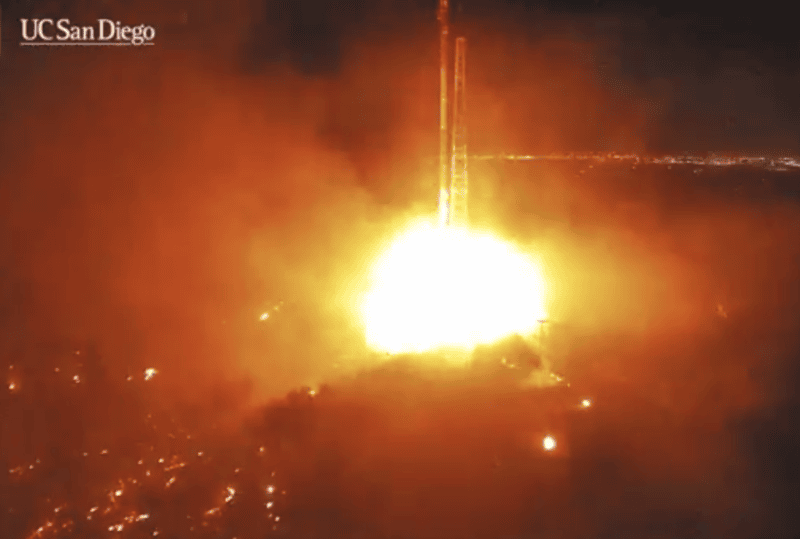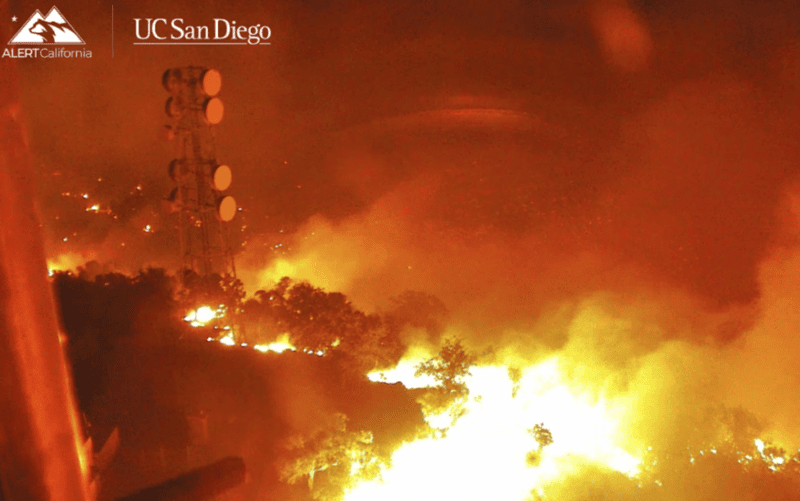Communication Towers: A Critical Need in Wildfire Zones
Thanks to ALERTCalifornia | UC San Diego for all images and videos
In an era where communication is the backbone of emergency response and daily life, protecting the infrastructure that makes it all possible is non-negotiable. Communication towers perched on ridge tops are among the most vulnerable pieces of critical infrastructure in wildfire-prone areas. Despite their importance, outdated policies and limited vegetation management around these towers are putting them at significant risk.
The Current Challenge
Communication towers are often located on ridge tops to maximize signal coverage. These locations, however, also make them prime targets for wildfires, which tend to spread rapidly uphill. A significant factor exacerbating this risk is the reluctance of agencies like the U.S. Forest Service to allow adequate vegetation management in surrounding areas. While vegetation can be cleared within the leased communication tower property, the minimum clearance often allowed—50 to 100 feet—is insufficient to protect against high-intensity wildfires.
The reality is that effective wildfire protection for these towers requires a defensible space of at least 100 feet, and often more. Without this clearance, fires can easily engulf critical equipment, leading to catastrophic losses not only in infrastructure but also in communication capabilities during emergencies.

The High Cost of Inaction
The financial and operational costs of losing communication towers to wildfires are staggering. Damages can reach into the millions, not to mention the ripple effects on emergency response, public safety, and economic activity. When communication is disrupted, first responders lose vital coordination tools, residents are left without critical updates, and businesses suffer delays and losses.
Yet, these losses are largely preventable. Simple vegetation management practices, such as creating wider defensible spaces and removing flammable vegetation, can significantly reduce the risk of wildfire damage. According to Day Wireless Systems, proper fire safety measures for communication towers can be the difference between resilience and disaster (source).
Why Policy Change Is Essential
The U.S. Forest Service’s current policies often restrict vegetation management beyond the immediate leased property of communication towers. This approach prioritizes forest preservation over infrastructure protection but fails to account for the cascading effects of tower loss. Allowing broader vegetation clearance around these towers is not only a matter of property safety but also one of public safety.
Modernizing these policies to allow for larger defensible spaces would align with best practices in wildfire prevention. Local governments, private tower operators, and community stakeholders must advocate for these changes to ensure that critical infrastructure is safeguarded against growing wildfire threats.

A Call to Action
Protecting communication towers from wildfires is not just a technical challenge; it is a public responsibility. Advocating for policy reforms, investing in advanced fireproofing technologies, and implementing robust vegetation management plans are essential steps toward resilience. Communities, policymakers, and industry leaders must come together to prioritize the protection of these vital assets.
In a world increasingly shaped by climate change and extreme weather events, safeguarding our communication infrastructure is more critical than ever. By taking proactive measures today, we can ensure that these lifelines remain intact when we need them most.

